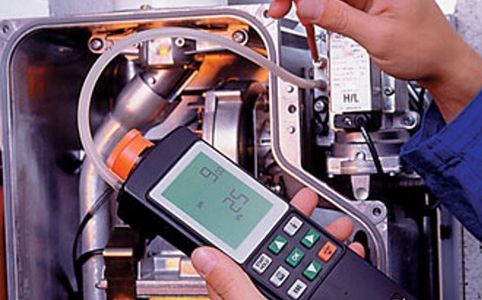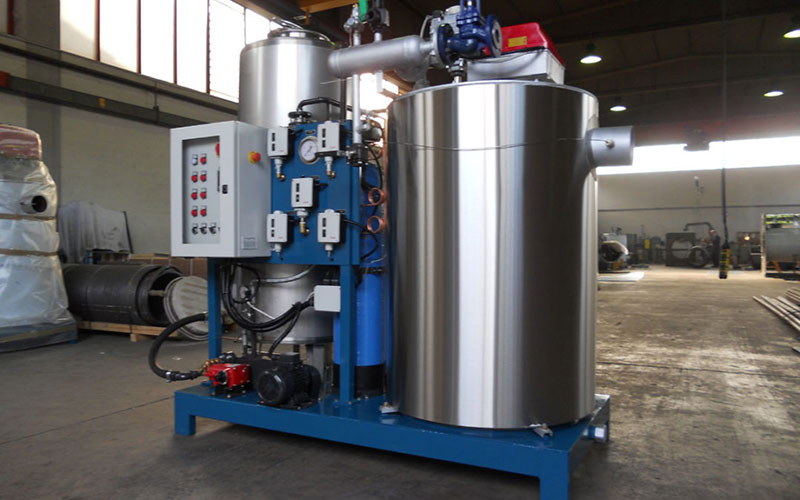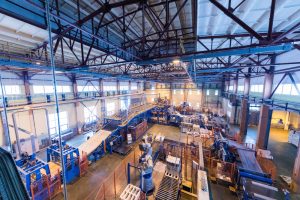The danger of flue gases in obsolete water heater
The domestic, commercial and industrial boiler is the device that has facilitated human life, as well as the processes in which it works daily. On the other hand, it is necessary to know that these types of mechanisms can be truly dangerous, if they are misused, or even more so, when these mechanisms are already somewhat obsolete. This could pose a danger to many people around.

Combustion accumulated in certain quantities and with the toxic elements with which they come, is a very serious pollutant for the environment, putting the purity of the air at risk, where workers who work with industrial heating devices are usually the most affected. The most dangerous fumes derived from such combustion turn out to be oxides and nitrogens.
Any industrial or commercial entity must be fully aware of this, since it represents a danger to humans and the environment, having to deal with legal and economic issues depending on government agencies and NGOs that protect the ecology of any region.
Types of combustion gases in commercial or industrial water heater
Oxygen (O2). This element usually appears in the combustion process, especially when there is excess air consumption and apart, it is not fully used in the same combustion, determining the losses per chimney and the CO2 capacity. It is possible that when this happens, the heating system is not working as it should, so it will have to be checked thoroughly.
Nitrogen (N2). We breathe this element mostly from the atmosphere (79% by volume). However, at the moment of combustion, it will not affect directly. And the fact is that nitrogen will enter the boiler as a kind of barrier that, when heated, will invariably go through evacuation ducts. Its normal percentages of combustion in heating mechanisms are between 78% and 80% in the use of diesel or gas.
Carbon dioxide (CO2). This compound is essential for the life of all living beings, derived from the wonderful photosynthesis that occurs between plants and the sun. Unfortunately, the imbalance of this compound is at risk due to the combustion gases derived from industry, commercial buildings and the houses themselves. The

respirable effect of the compound translates into 5,000 parts per million, and when CO2 is concentrated by volume above 15%, then a problem will arise in the human body, which can lead to sudden blackouts. If this compound were to be concentrated up to 150,000 parts per million, then there will be practically an unbreathable environment for anyone. The excess CO2 derived from machinery and boilers represents a great danger to the planet due to greenhouse gases. It is assumed that the normal percentages of CO2 in gas machines should have a range between 8% and 11%, while in diesel-based water heaters it should be between 12.5% and 14%. If in the periodic inspections higher ranges are detected, it is essential to correct this problem in the boiler, or failing that, replace it with a newer and more efficient model.
Carbon monoxide (CO). This compound is the result of poor combustion in any mechanism that uses gas or similar energy. An accumulation of area will inevitably lead to the people who breathe it, collapse almost immediately; after all, it is CO is very poisonous, making it impossible for cells to adequately oxygenate. The concentration limit is 50 ppm, if it gets concentrated up to 700 ppm in a closed area for 3 hours, then it will be

deadly for anyone.
Nitrogen oxide (NOx). It is dangerous when there is an imbalance in the combustion of combustion engines as well as in commercial or industrial water heaters. If you breathe constantly, the human lungs will be seriously affected.
Sulfur dioxide (SO2). If this compound exceeds the concentration of 5 parts per million in a certain closed area, the difficulty in breathing will be latent, obstructing the airways. The conditions are capable of altering cardiac and neurological conditions. What is redeemable is that it is easy to detect by its smell, allowing a quick response to the problem, and in case the water heater or other mechanism that uses gas emits it, then it will be necessary to take action on the matter.




